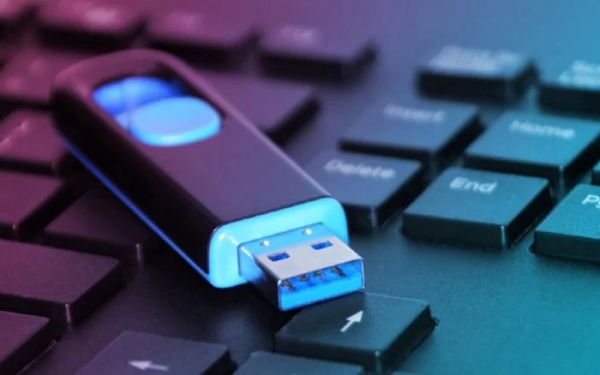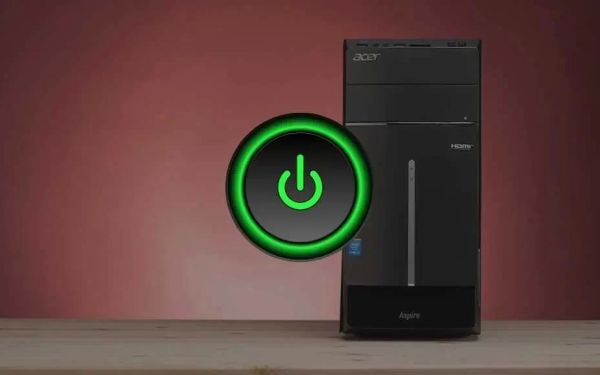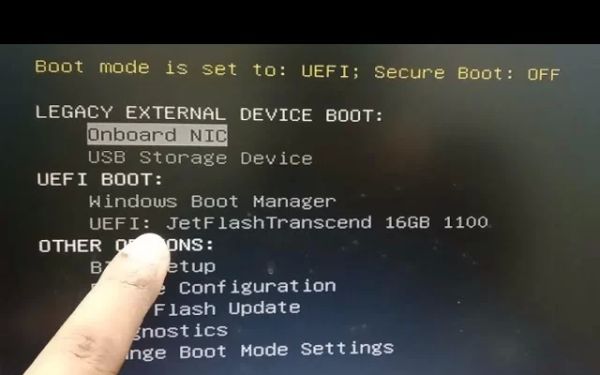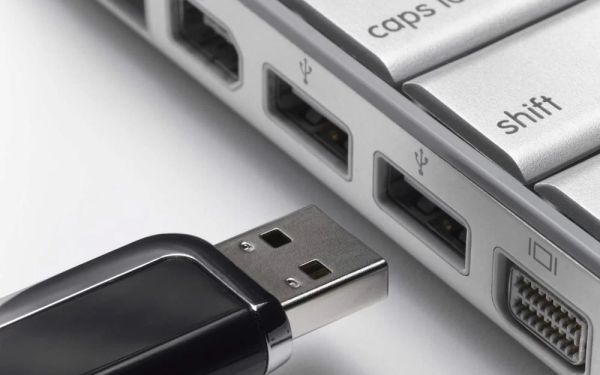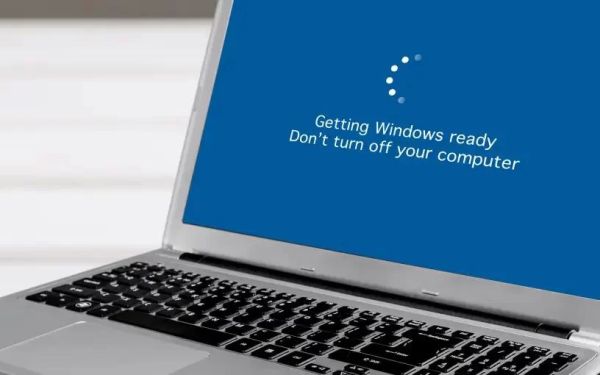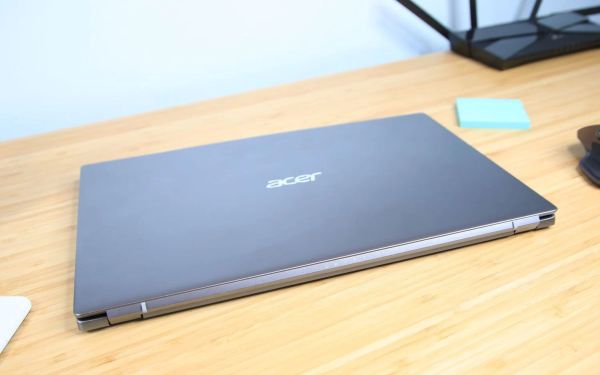How to Boot from Pendrive: A Complete Guide to Booting from a USB Drive
- 1. Why Boot from Pendrive?
- 2. Preparing Your Pendrive for Booting
- 3. How to Boot from Pendrive on Windows
- 4. How to Boot from Pendrive on Linux
- 5. Troubleshooting Common Boot Issues
1. Why Boot from Pendrive?
Booting from a pendrive (USB flash drive) is a powerful tool for a variety of reasons. It allows you to run a full operating system without needing to install it on your hard drive, which can be useful for system repairs, testing new software, or even carrying your personal environment from one computer to another. Whether you're looking to install a new OS, troubleshoot an existing one, or use a live environment, booting from a USB drive can save you time and hassle.
Some of the key benefits include:
- Portability: A bootable USB drive is small, easy to carry, and can be used on multiple computers.
- System Repair: If your computer won’t boot normally, using a bootable pendrive can help you troubleshoot and fix problems without needing to access the hard drive.
- Test New Operating Systems: Booting from a USB drive allows you to try out a new OS (like Linux) without having to install it permanently.
- Install OS or Software: Bootable drives are commonly used for installing operating systems like Windows or Linux, bypassing the need for optical drives or network installation.
2. Preparing Your Pendrive for Booting
Before you can boot from a pendrive, you need to prepare it properly. This involves creating a bootable USB drive with an operating system or tools of your choice. Here’s a step-by-step guide to get your pendrive ready for booting:
Step 1: Get the Right USB Drive
For booting purposes, a USB drive with at least 8GB of storage is recommended. While smaller drives may work for lighter tasks or smaller operating systems, larger drives provide more flexibility for storing OS images and tools.
Step 2: Choose the Right Tool
There are several tools available for creating a bootable USB drive, depending on your needs:
- Rufus (Windows): This free utility allows you to create a bootable USB drive with ease. It supports a wide range of operating systems and works with both BIOS and UEFI boot modes.
- UNetbootin (Linux/Windows): A simple tool for creating bootable Linux USB drives. It allows you to either download ISO images directly or use your own ISO files.
- dd (Linux/Mac): For advanced users, the dd command in Linux and macOS can be used to create a bootable USB from an ISO image.
Step 3: Select the OS/Tools You Want to Install
Choose an operating system (like Windows, Ubuntu, or any other Linux distribution) or a set of system recovery tools to install on the pendrive. You’ll need to download the ISO file for the OS or tool of your choice.
Step 4: Write the ISO to the USB Drive
Using one of the tools above, select the ISO file and write it to the USB drive. Make sure the process completes successfully to avoid any errors during booting.
3. How to Boot from Pendrive on Windows
Booting from a pendrive on a Windows system involves a few simple steps. Here’s how you can boot your computer from a USB drive:
- Step 1: Insert the USB Drive: Plug your bootable pendrive into a USB port on your computer.
- Step 2: Enter the BIOS/UEFI: Restart your computer and press the BIOS/UEFI entry key (usually F2, F12, DEL, or ESC depending on your manufacturer).
- Step 3: Change the Boot Order: Once you are in the BIOS/UEFI menu, navigate to the Boot tab and set your USB drive as the first boot device.
- Step 4: Save and Exit: After adjusting the boot order, save your settings and exit the BIOS/UEFI. Your system should now boot from the pendrive.
If the BIOS/UEFI settings are correct, your system should load from the USB drive, and you can begin using your operating system or recovery tools.
4. How to Boot from Pendrive on Linux
Booting from a pendrive on Linux is quite similar to Windows, with minor differences in the BIOS/UEFI interface. Here’s a simple guide:
- Step 1: Insert the Pendrive: Plug your USB drive into the computer.
- Step 2: Access the BIOS/UEFI: Restart your system and press the key to access BIOS/UEFI settings (this is often F2, DEL, or ESC, depending on your computer).
- Step 3: Modify the Boot Order: In the BIOS/UEFI settings, find the Boot menu and prioritize your USB drive as the primary boot device.
- Step 4: Save and Exit: Save your changes and reboot your system. Your Linux machine should now boot from the pendrive.
If everything is set correctly, your system will boot into the Linux distribution or tools on the USB drive, ready to use for installation or troubleshooting.
5. Troubleshooting Common Boot Issues
While booting from a pendrive is generally straightforward, you might encounter some issues along the way. Here are a few common problems and their solutions:
- USB Drive Not Recognized: Ensure the USB drive is properly inserted into a working port. Try using a different USB port or another pendrive to rule out hardware failure.
- Boot Order Not Changing: Double-check that you’ve saved the boot order changes in BIOS/UEFI. Some systems require you to press a specific key to save (usually F10).
- Boot Failure: If the system doesn't boot from the pendrive, it’s possible the USB drive isn’t set up correctly. Re-create the bootable USB with a fresh ISO file using one of the tools mentioned above.
Now that you know how to boot from pendrive, whether it’s for troubleshooting, installing a new OS, or trying out a live environment, you're all set to start using your USB drive as a powerful tool. If you’re looking to upgrade your USB drives or need high-quality tech accessories, check out Ninja Stik for reliable and durable products that can enhance your tech experience.

